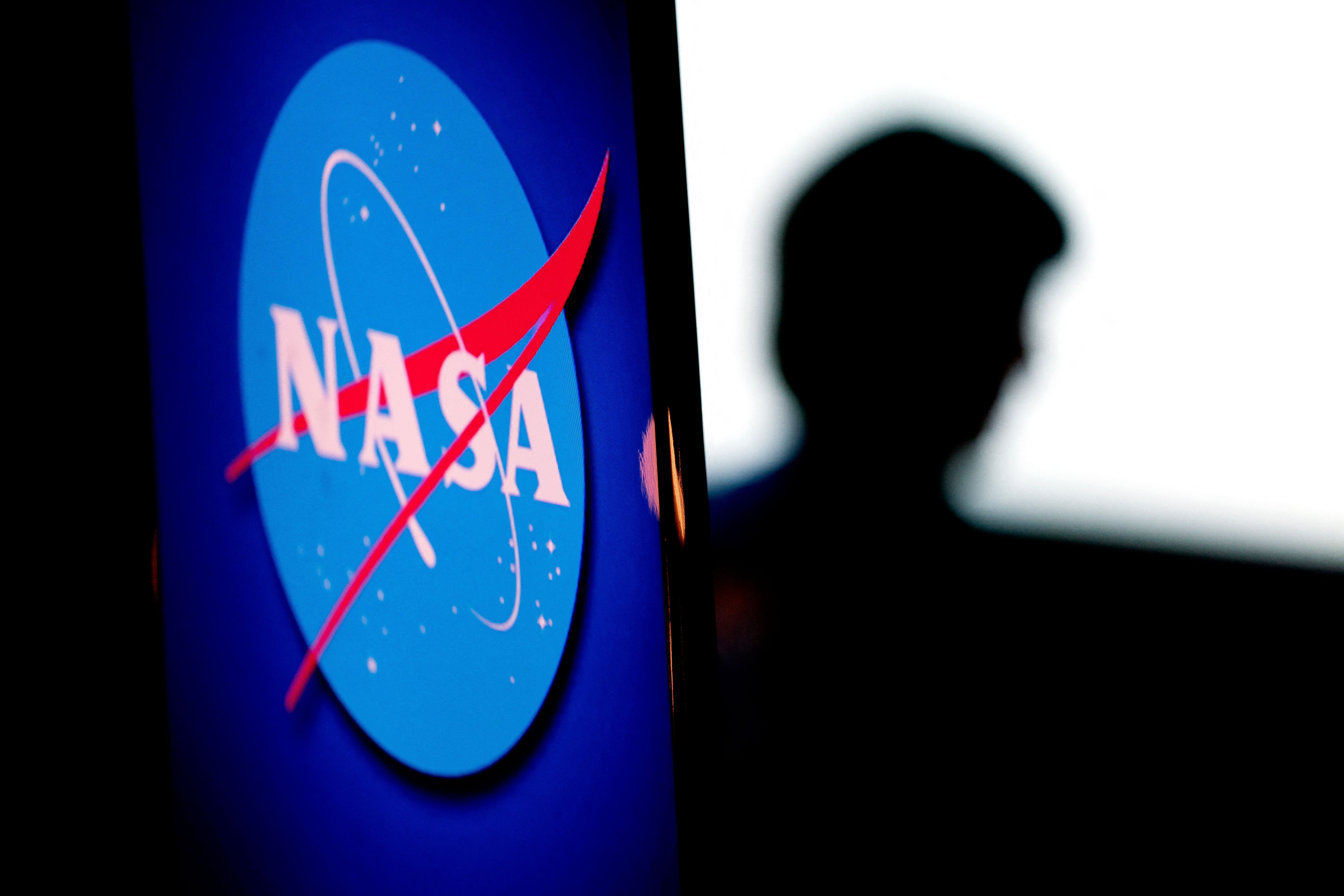Nasa to launch landmark study into unexplained phenomena in the sky
The study is expected to take nine months, but Nasa has said that there is ‘no evidence UAPs are extra-terrestrial in origin’

Your support helps us to tell the story
From reproductive rights to climate change to Big Tech, The Independent is on the ground when the story is developing. Whether it's investigating the financials of Elon Musk's pro-Trump PAC or producing our latest documentary, 'The A Word', which shines a light on the American women fighting for reproductive rights, we know how important it is to parse out the facts from the messaging.
At such a critical moment in US history, we need reporters on the ground. Your donation allows us to keep sending journalists to speak to both sides of the story.
The Independent is trusted by Americans across the entire political spectrum. And unlike many other quality news outlets, we choose not to lock Americans out of our reporting and analysis with paywalls. We believe quality journalism should be available to everyone, paid for by those who can afford it.
Your support makes all the difference.Nasa is to launch a landmark study into unidentified aerial phenomena, or UAPs.
The research comes after years of speculation about events in the sky that cannot be identified as aircraft or known natural phenomena.
In its announcement, the space agency stressed that there is “no evidence UAPs are extra-terrestrial in origin”.
But it said it was important to find out what they were in part because Nasa is required to ensure the safety of spacecraft.
The study will look at identifying available data, the best ways of collecting data, and how this will be used to move the understanding of unidentified flying objects forward.
It is expected to take nine months to complete, in collaboration with experts in the scientific, aeronautics, and data analytics fields. When it is completed, it will be shared publically.
“Nasa believes that the tools of scientific discovery are powerful and apply here also,” said Thomas Zurbuchen, the associate administrator for science at Nasa.
“We have access to a broad range of observations of Earth from space – and that is the lifeblood of scientific inquiry. We have the tools and team who can help us improve our understanding of the unknown. That’s the very definition of what science is. That’s what we do.”
The United States’ interest in unidentified aerial phenomena has grown significantly recently - although has not shed more light on the origins of mysterious lights in the sky.
The first congressional hearing on UFOs in decades, which took place last month, offered little new or conclusive information. Intelligence officials told lawmakers they still weren’t sure what the unidentified objects seen by military pilots actually are.
“We want to know what’s out there as much as you want to know what’s out there,” US Undersecretary of Defence for Intelligence and Security Ronald Moultrie, who oversees a new Pentagon program investigating UFOs, told lawmakers.
“We get the questions not just from you; we get them from family members and we get them night and day, not just in committee hearings. So finding what’s out there is important.”
Join our commenting forum
Join thought-provoking conversations, follow other Independent readers and see their replies
Comments